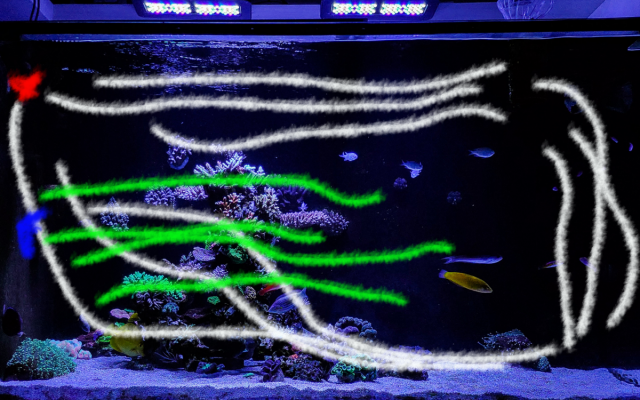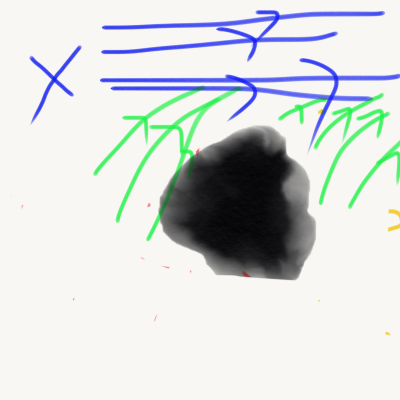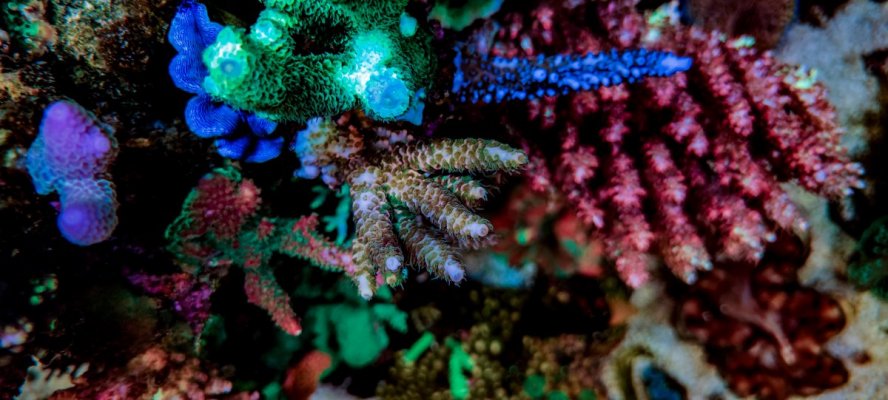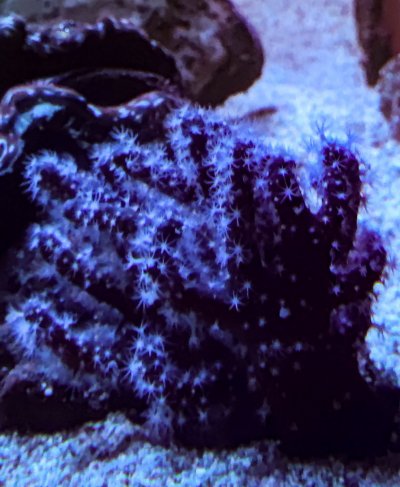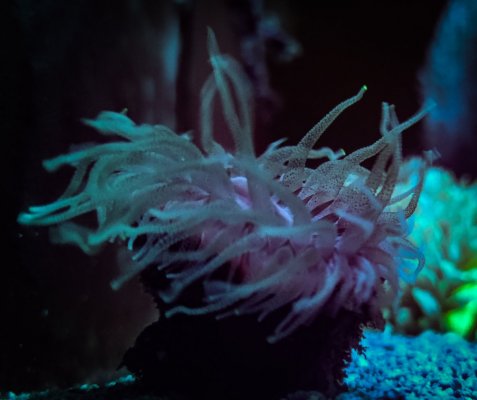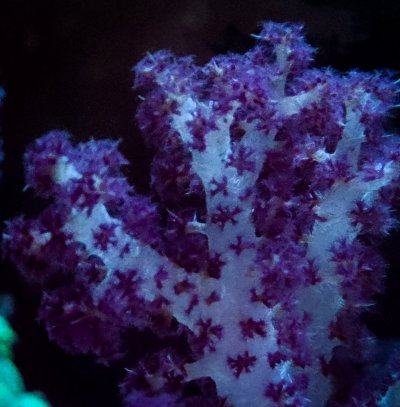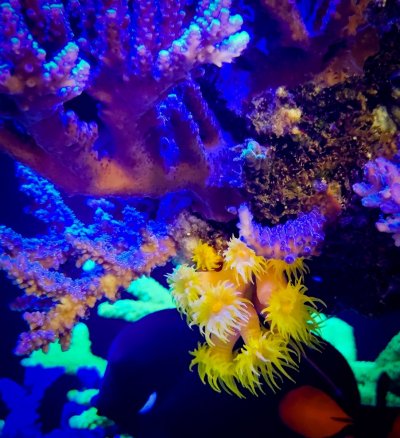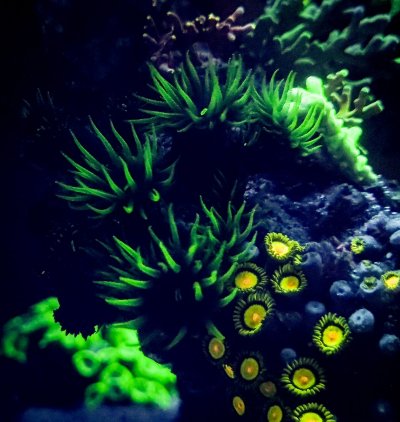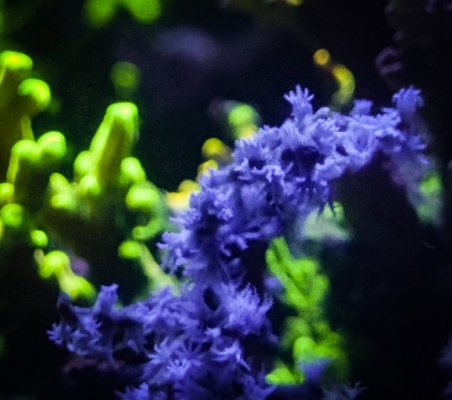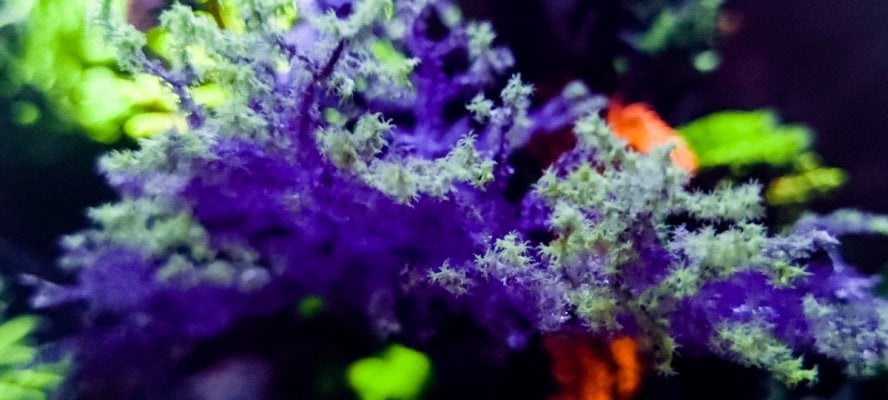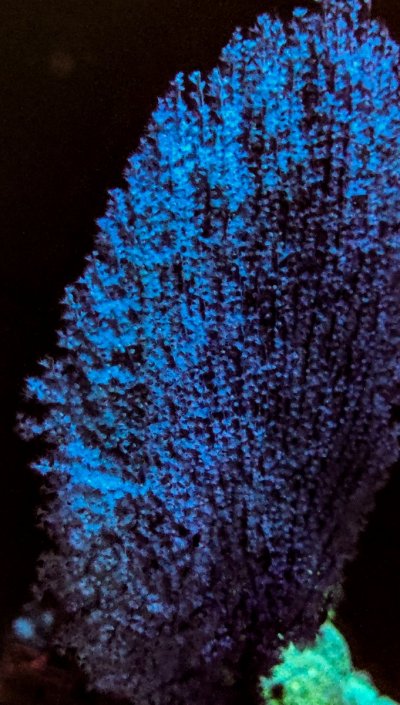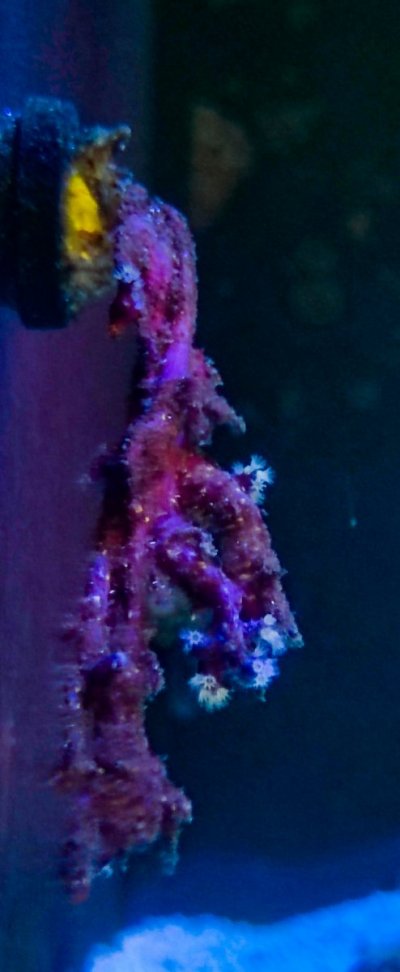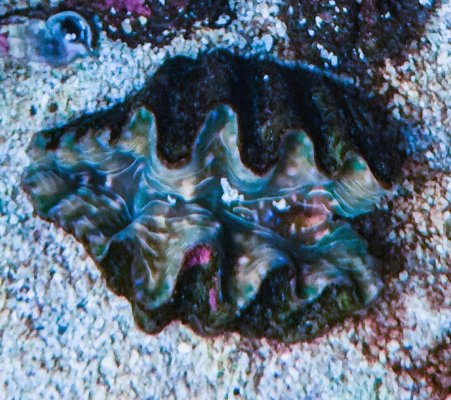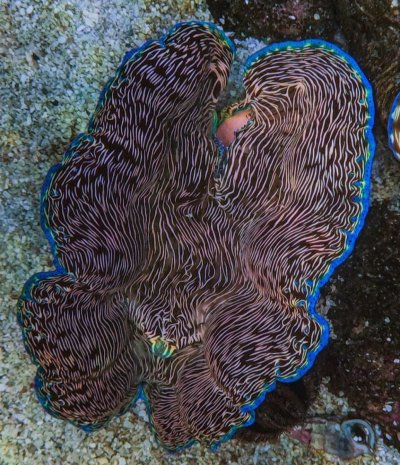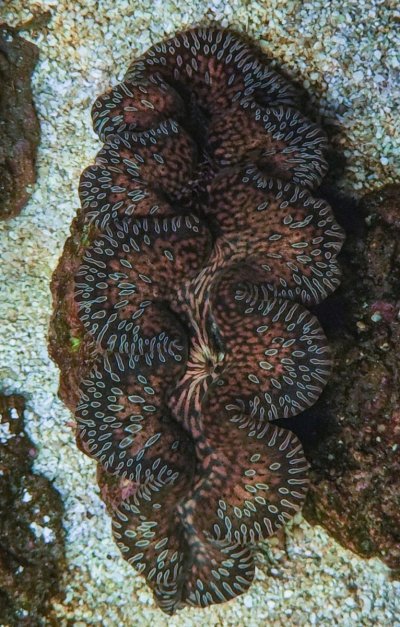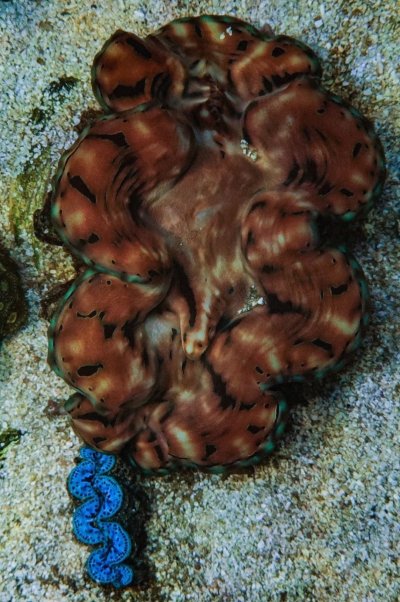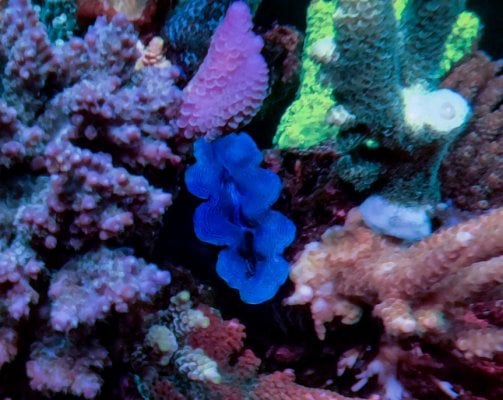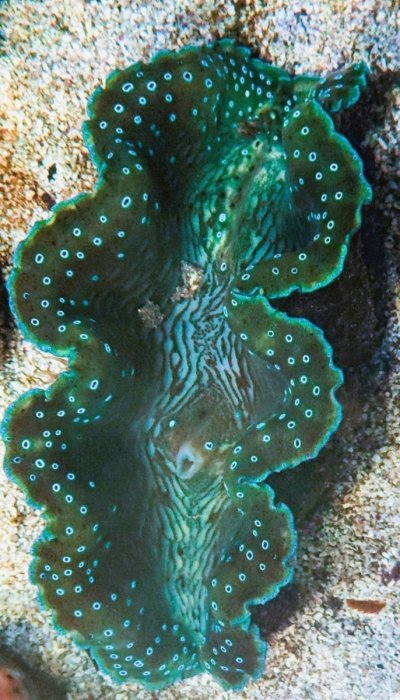Thank you for visiting my build thread for my aquarium

Acro: 1. (greek) the highest point; 2. Acropora, a genus of coral
-polis: (greek) city
This aquarium draws inspiration from the famous Acropolis of Athens. This scape reminds me of the majestic ruins on top of the acropolis, the meandering path climbing upwards, as well as the sprawling civic districts at its feet. Coincidentally, the name also can be interpreted as acropora city, a good fit of the corals home to this aquarium.
I'll start with the overall visions i have for this set up.
Thank you for reading, and any feedback and advice is much appreciated.
Acropolis
Acro: 1. (greek) the highest point; 2. Acropora, a genus of coral
-polis: (greek) city
This aquarium draws inspiration from the famous Acropolis of Athens. This scape reminds me of the majestic ruins on top of the acropolis, the meandering path climbing upwards, as well as the sprawling civic districts at its feet. Coincidentally, the name also can be interpreted as acropora city, a good fit of the corals home to this aquarium.
I'll start with the overall visions i have for this set up.
- My aquarium should be balanced-minimal. There must be large open space balanced by dense growth and complex structure. There must be large organisms balanced by fine details. Although minimalist is the characteristic of this aqua-scape, the balance is the soul.
- The feeding tube on the right side and the labyrinth on the left encourage fishes to adopt a more natural behavior. They will take advantage of the shelter in the main scape, only to venture out into open when opportunity (feeding) arises. This creates a interesting shifts in dynamic.
- The rock work is the skeletal foundation of the main "acropolis", but I want organic growth to obscure most of it. eventually the rock should be almost invisible.
- The tank is placed in the corner of the living room. Therefore it offers two-sided view. The aqua-scape needs to be well proportioned for both view; there should also be minimum clutter of equipment on the viewing side.
- Uniformity is over-rated. I want to direct flow at where flow is needed; shine light on where light is needed, give food to where the food is needed. Efficiency is the name of the game here.
- My reefing decision needs to be deliberate. if a hardware is setup in a certain way, I must be able to justify how it helps my tank to do better.
Thank you for reading, and any feedback and advice is much appreciated.




